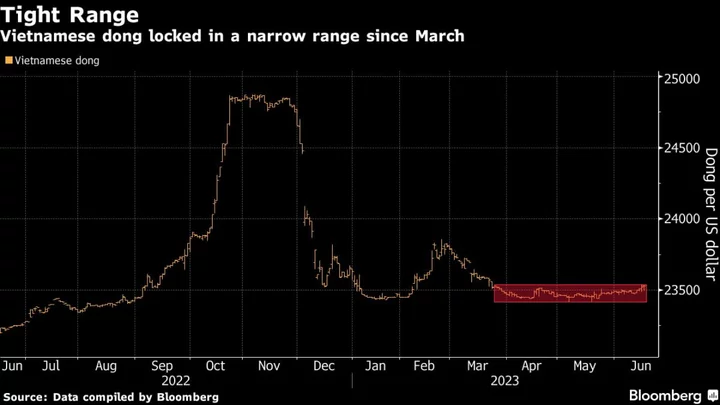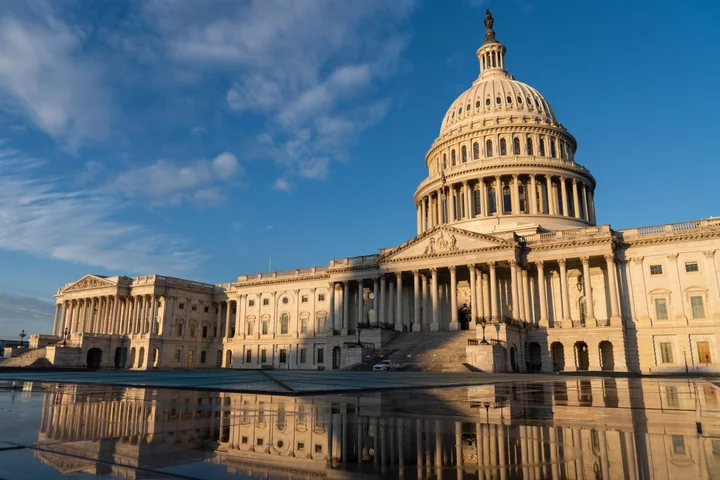New Zealand unemployment rose in the second quarter and wage inflation showed signs of slowing, indicating the labor market is finally starting to weaken after relentless increase-rate increases from the central bank.
The jobless rate climbed to 3.6% from 3.4% in the first quarter, Statistics New Zealand said Wednesday in Wellington. Economists expected 3.5%. Annual wage inflation eased to 4.3% but employment jumped 1% from the previous three months, beating estimates.
The tight labor market has been fueling price pressures as employers lift pay rates to retain workers and attract new hires. The Reserve Bank has signaled it has raised rates sufficiently to tame inflation and the economy has stalled, suggesting the jobless rate should continue to rise.
“We envisage that a turning point looks to be close and that greater labor market slack will emerge over the remainder of 2023 and into 2024,” said Mark Smith, senior economist at ASB Bank in Auckland. Still, there’s a risk that “labor market tightness and elevated wage and core inflation could stick around for longer than would be comfortable for the RBNZ,” he said.
The New Zealand dollar fell after the data to buy 61.27 US cents at 12:32 p.m. in Wellington, down from 61.7 cents beforehand.
Wage Inflation
Ordinary time wages for non-government workers rose 4.3% from a year earlier, slowing from 4.5%, which was the highest since the data were first published in 1993, the statistics agency said. The measure rose 1.1% from the previous quarter.
Average ordinary time hourly earnings for non-government workers gained 1.9% from the previous quarter and 7.7% from a year earlier. That’s down from a record 8.6% annual reading in the third quarter of last year.
New Zealand closed its border to foreigners for more than two years during the pandemic, cutting the supply of migrant workers many industries rely on. Immigration is now surging, helping to alleviate the labor shortage.
Quarterly employment growth of 1% exceeded the 0.6% expected by economists while annual growth was 4%, accelerating from 2.5% in the first quarter and beating the 3.1% forecast. The participation rate rose to a record 72.4% from 72% in the first quarter.
The RBNZ in May signaled its tightening cycle had come to an end with the Official Cash Rate at 5.5%, but economists at ANZ Bank and Westpac expect it to hike one more time this year.
Inflation slowed to 6% in the second quarter from 6.7% in the first but non-tradables inflation, a gauge of domestic price pressures, remains elevated at 6.6%.
“While capacity pressures have improved compared to the first quarter, the RBNZ will need to see more progress very soon to allow them comfort that the OCR is sufficiently restrictive,” said Henry Russell, an economist at ANZ in Auckland. “We think the next labor market report will raise enough questions about the future path of inflation to draw the RBNZ back to the hiking table.”
(Updates with economists’ comments)









